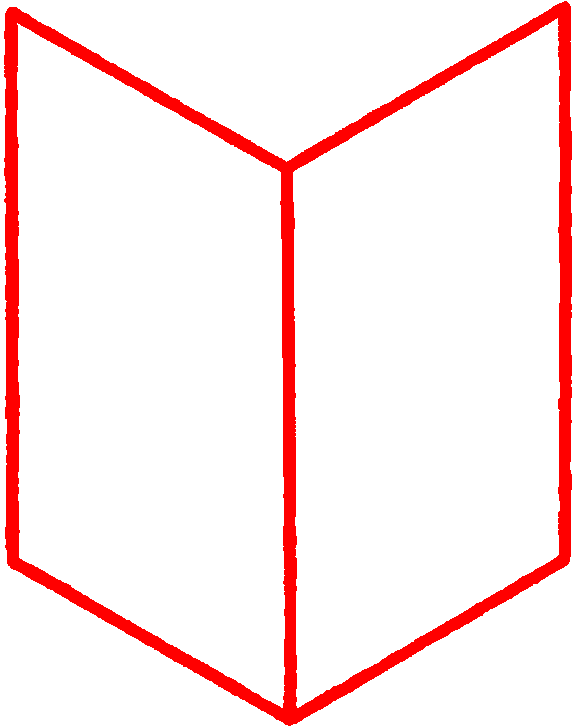
In The Virtual Window (2006), Anne Friedberg constructs a conceptual lineage from Leon Battista Alberti’s Renaissance study of perspective to the contemporary computer interface. She writes:
“Perspective may have met its end on the computer desktop. As computing devices added a screen for the display of data, the graphical user interface (GUI) introduced an entirely new visual system — a text or image in one “window” meets other text or images in other “windows” on the same screen. Above, below, ahead, and behind are simultaneous on the computer display, where each element in composition is seen separately with no systematic spatial relationship between them.”
Consider this pervasive mode of looking in relation to an anecdote from Walter Isaacson’s 2011 biography of Steve Jobs, co-founder of Apple, the company that popularized the GUI:
“One of the most extreme — and telling — implementations of that philosophy came when he scrutinized the printed circuit board that would hold the chips and other components deep inside the Macintosh. No consumer would ever see it, but Jobs began critiquing it on aesthetic grounds. ‘That part’s really pretty,’ he said. ‘But look at the memory chips. That’s ugly. The lines are too close together.’ One of the new engineers interrupted and asked why it mattered. ‘The only thing that’s important is how well it works. Nobody is going to see the PC board.’ Jobs reacted typically. ‘I want it to be as beautiful as possible, even if it’s inside the box ... even though nobody’s going to see it.’”
–“Vectors for Looking,” Mathew Kneebone & James Langdon, Bulletins of The Serving Library #12, 2016
Go back
